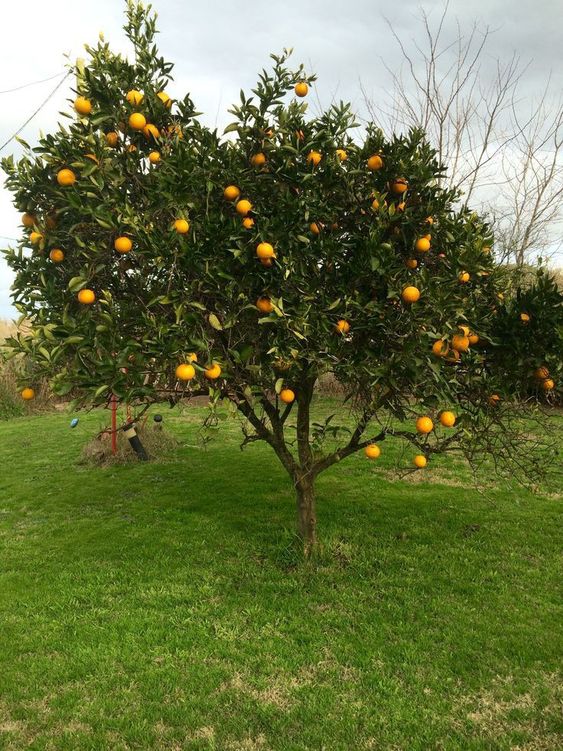Optimizing Onion Fertilization Yields: A Smart Agriculture Approach to Fertilization
Onion Fertilization are a staple crop cultivated worldwide, adding a pungent flavor profile to various cuisines. They are not only delicious but also boast a wealth of health benefits. As the global population continues to rise, so does the demand for this essential vegetable. To meet this growing demand, agricultural practices need to become more efficient and sustainable. Smart agriculture, a data-driven approach to farming, offers a solution through techniques like precision fertilization. This article explores the importance of fertilizing onions, delves into the benefits of smart agriculture in this process, and provides practical tips for optimizing onion yields through targeted fertilization.
Contents
The Significance of Fertilization for Onions
Onions require a balanced supply of nutrients throughout their growth cycle to thrive. Proper fertilization ensures optimal bulb development, improves overall plant health, and enhances resistance to pests and diseases. The primary nutrients crucial for onion growth are:
- Nitrogen (N): This element promotes vigorous vegetative growth, influencing the size and number of leaves. It is particularly important during the early stages of onion development.
- Phosphorus (P): Phosphorus plays a vital role in root development and supports the efficient transfer of energy within the plant. It also aids in bulb formation and seed production.
- Potassium (K): Potassium strengthens cell walls, thus enhancing the plant’s overall resilience against various stresses. It also contributes to improved bulb quality and storability.
Smart Agriculture Revolutionizing Onion Fertilization
Traditionally, onion fertilization has involved applying fertilizers uniformly across the field based on estimations. However, this approach can be inefficient and lead to issues like nutrient runoff and environmental degradation. Smart agriculture offers a more precise and sustainable solution through:
- Soil Testing: Utilizing soil testing kits or advanced sensors, smart agriculture allows farmers to determine the existing levels of nutrients in the soil. This data eliminates unnecessary fertilizer application, reducing costs and environmental impact.
- Precision Application: Techniques like variable rate technology (VRT) enable farmers to apply fertilizers only in areas where they are most needed. This targeted approach optimizes nutrient delivery, reduces waste, and minimizes environmental pollution.
- Sensor-Based Monitoring: Smart agriculture integrates sensors that monitor soil moisture, temperature, and nutrient levels in real-time. This data allows for adjustments to fertilizer application based on the specific needs of the crop at any given stage.
- Drone Technology: Drones equipped with specialized sensors can be used to create detailed maps of field variability. This information helps farmers tailor fertilizer application to specific zones within the field, maximizing efficiency.
Practical Tips for Smart Onion Fertilization
Onion Fertilization Here are some practical steps farmers can take to optimize onion yields through smart fertilization:
- Conduct Regular Soil Testing: Before each planting season, perform soil tests to determine the baseline levels of nitrogen, phosphorus, and potassium. This data will guide your fertilizer application decisions.
- Consider Split Applications: Splitting fertilizer application into multiple smaller doses throughout the growing season allows for a more controlled release of nutrients, catering to the specific needs of the onion plants at different stages.
- Utilize Foliar Fertilization: Foliar application involves spraying a diluted fertilizer solution directly onto the leaves. This method can be particularly beneficial for addressing deficiencies in specific nutrients like micronutrients.
- Embrace Precision Technology: Explore the use of VRT applicators or consider drone-based solutions for targeted fertilizer application. While the initial investment might be higher, the long-term benefits in terms of cost savings and yield improvement can be substantial.
- Integrate Data-Driven Practices: Leverage agricultural data management platforms to collect and analyze data from soil tests, sensor readings, and yield monitoring. This data can be used to refine future fertilization strategies for even greater efficiency.
Conclusion Onion Fertilization
Onion Fertilization Smart agriculture offers a powerful toolkit for optimizing onion yields through targeted fertilization. By employing soil testing, precision application techniques, and data-driven decision-making, farmers can ensure their onion crops receive the right nutrients at the right time. This not only leads to improved crop quality and profitability but also contributes to a more sustainable agricultural future. As the world grapples with feeding a growing population, smart fertilization practices for onions and other crops will play a critical role in ensuring food security and environmental well-being.




